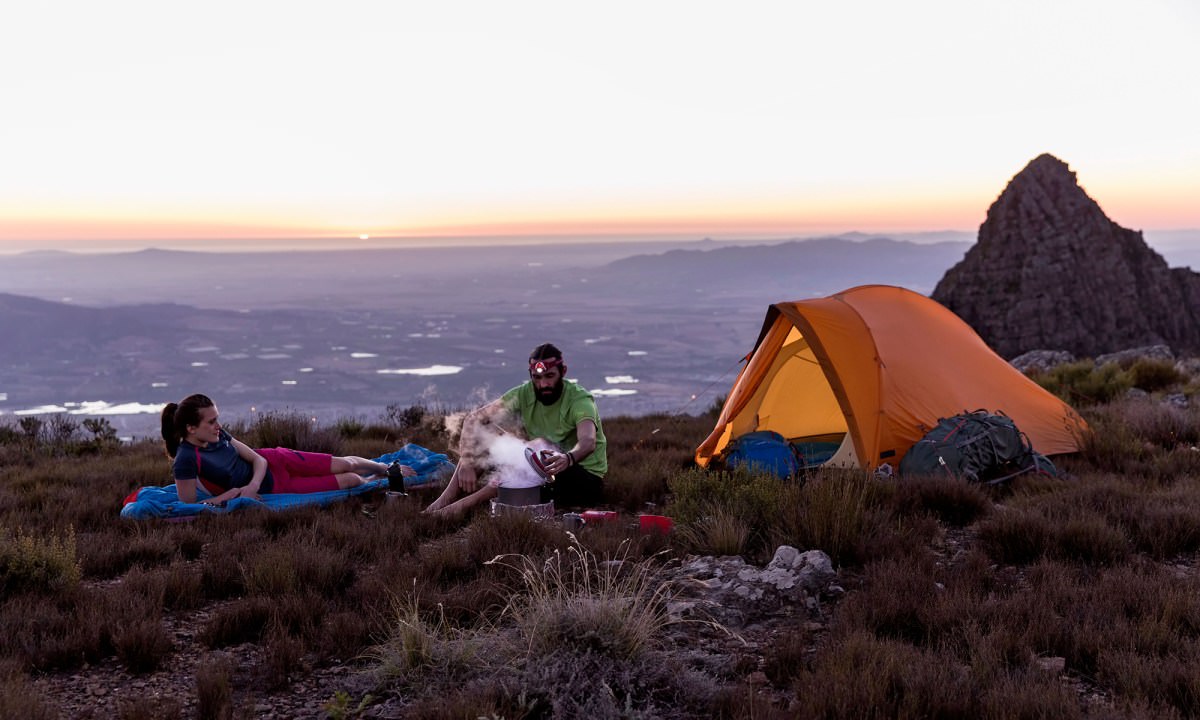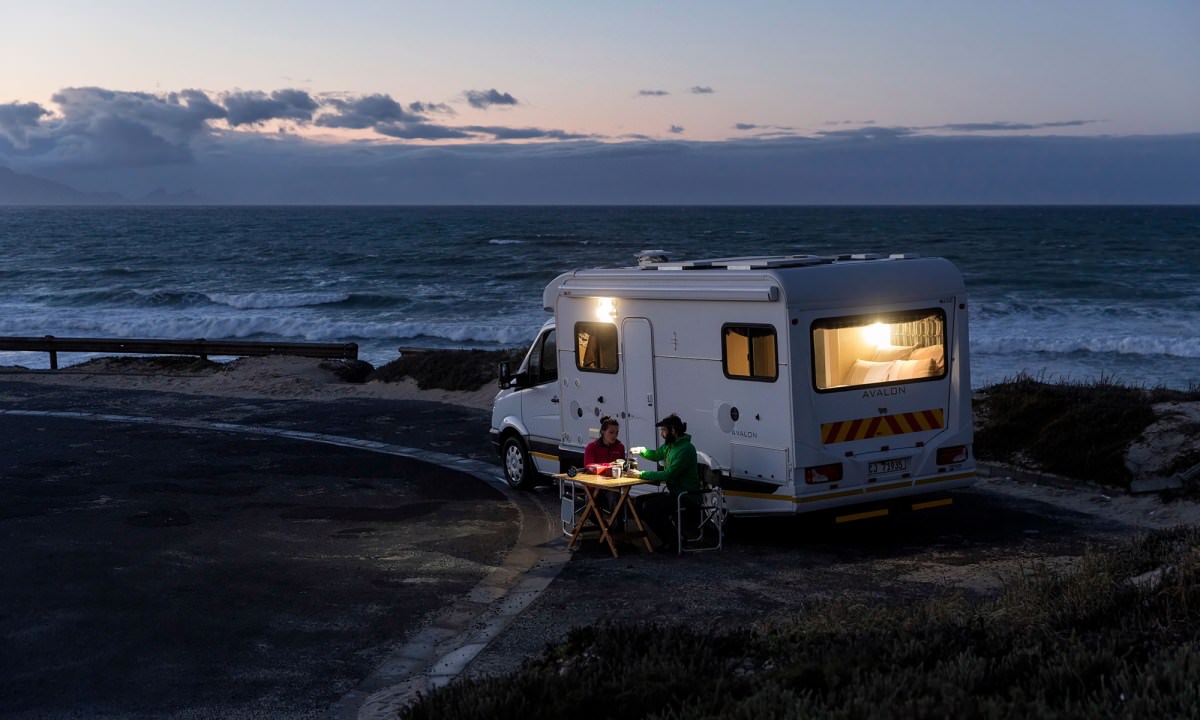The word “camping" can mean a lot of different things depending on who’s embarking on the journey.Options range from a luxurious RV parked in a KOA next to the highway to a lone hiker drinking their morning coffee in a bivy sack by a secluded mountain lake.
We each have our own ideas about how best to enjoy a relaxing getaway in the outdoors, and that’s okay. Here’s some beta to break down your shelter options and help you decide which type of camper you want to be.
Bivy Sacks
A bivy sack is basically a waterproof-breathable cover for your sleeping bag. Options include a small tent-like structure that goes over your head. The main advantage of bivy sacks is their light weight. They also help you connect with nature since you are literally unrolling your sack and sleeping under the stars. It’s best to use bivies when the weather isn’t too threatening because they offer limited protection for you, and none for your gear.
Tarp Shelters
Tarp shelters are another lightweight shelter option and can be extremely handy if you are carrying your camp long distances on your back. They are slightly heavier than bivies, but offer more protection from bad weather. Another advantage of tarp shelters is that they can be pitched in a variety of configurations depending on the weather and the time of year. They can also be combined with bivy sacks to increase their versatility. Keep in mind that tarp shelters offer little insulation value and no protection from bugs.

Single Wall Tents
Single wall tents offer a step up in protection from tarp shelters, but also come with a weight penalty. Where a typical tarp set up will weigh a pound or less, single wall tents come in at about twice that. These tents consist of a waterproof floor and a waterproof, breathable upper canopy. They’re relatively light weight, full protection from the elements, and the fact that most can be set up from the inside have made single wall tents popular with mountaineers and alpinists. Expect to pay a pretty penny for a single wall tent. Condensation buildup on the inside of the tent is likely during warm weather camping trips.
Double Wall Tents
Double wall tents are the most common tents in campgrounds across the country. They consist of a self-supporting structure covered by an inner wall which is then covered by a separate waterproof rain fly. Double wall tents come in a variety of shapes and sizes from small one-man options up to ten-man monstrosities. They are great for car camping with kids and/or pets and offer full protection when the weather doesn’t cooperate. However, their weight can make them a poor option for backpacking shelters, unless you’re heading out in the winter.
Wall Tents
Wall tents are big and heavy, but they provide a true home-away-from-home atmosphere. They are a staple for backcountry hunting guides and provide amenities that most other tents don’t—like the ability to stand up, plenty of room for cots and tables, and the option to use a woodstove when temperatures drop. This is not a shelter you’ll be carrying on your back so be prepared to camp near your vehicle or use horses or ATVs to get it further into the backcountry.

Pull Behind and Fifth Wheel Campers
If your adventures lend themselves toward roadways, a camper may be the right shelter for you. Most come fully equipped with comfortable sleeping and eating quarters, as well as a stove, sometimes an oven, toilet and sink, sometimes a shower, and full proof protection from the elements. As mentioned, your camper will keep you tethered to drive-able areas. These shelters are also expensive.
Get out and experience Mother Nature firsthand this camping season. Choosing the right shelter will ensure that you come away from the experience relaxed, rejuvenated and ready to return as soon as possible.